On the night of April 30, 2024, everything changed. After enduring months of heavy rainfall, the banks of the Talek River were breached. As water levels rose into parts of our camp, everyone was swiftly evacuated. It was as though, in the span of a single night, all that we had poured our hearts and souls into was taken away, leaving behind a void that seemed to echo with the remnants of our grief.
The immediate aftermath was a dizzying blur where time seemed to stand still. I found myself turning towards writing as a means to articulate the whirlwind of emotions, and without realising it, ‘The Curious Boy Who Followed His Heart’ came into being.
Each corner of the wilderness whispered tales that danced with the wind, leading us on a journey that opened our eyes to the beauty of life, fuelling our dreams to return to this sacred place. There was the unforgettable zebra foal we’d encountered, bravely charting its course across a river teeming with lurking dangers. Then came Lorkulup, the majestic male from the Rongai Pride, who never failed to awe us. The buffaloes, with their unyielding grit, taught us the power of determination, while Nashipai, the cheetah, meticulously traversed the trials of motherhood, raising her cubs against all odds. Not to be forgotten was Faulu, our cherished leopard, whose silent grace and presence always brought us a sense of calm.
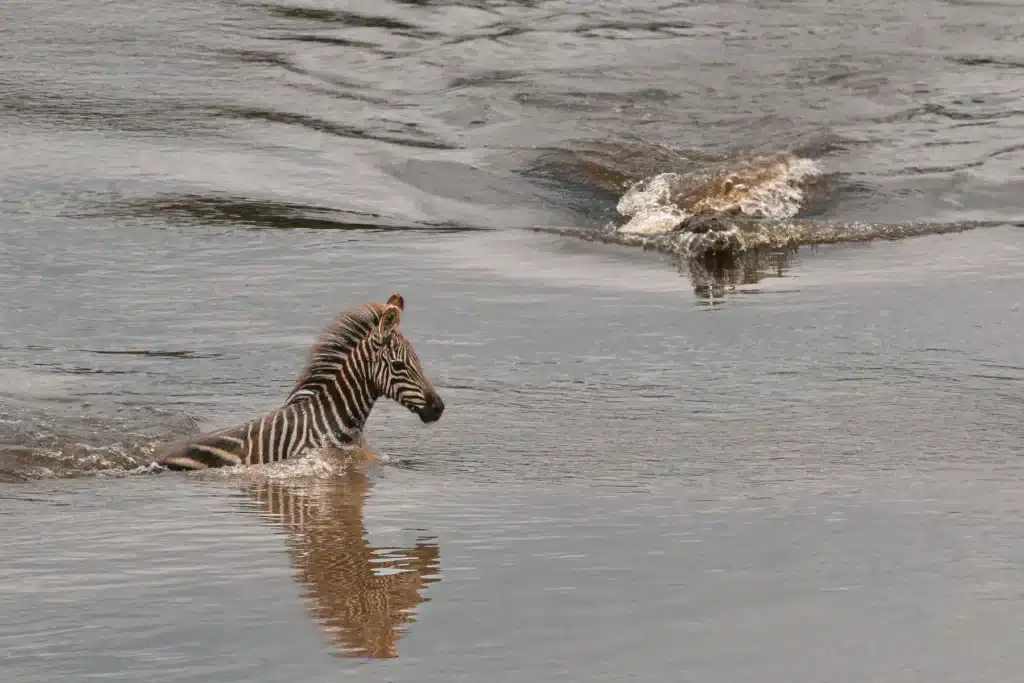
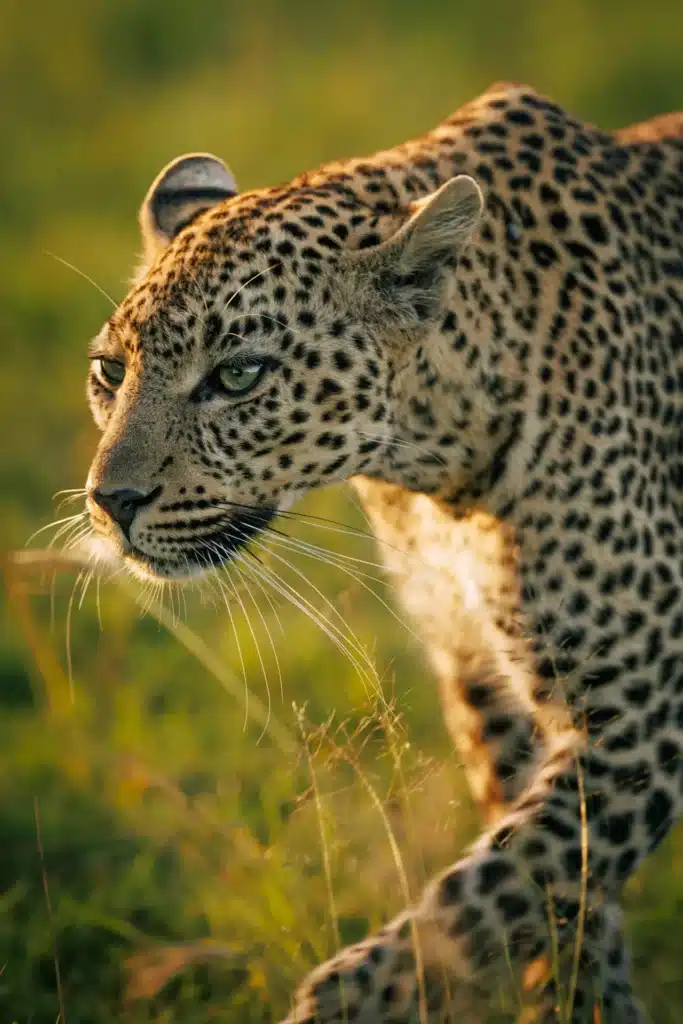
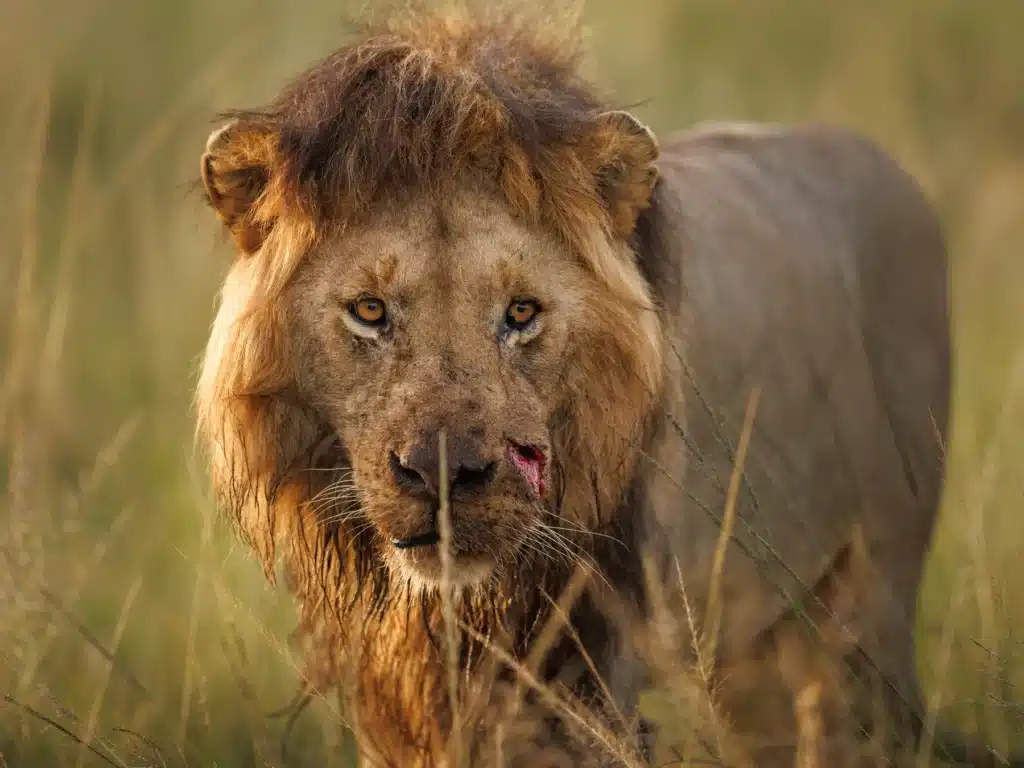
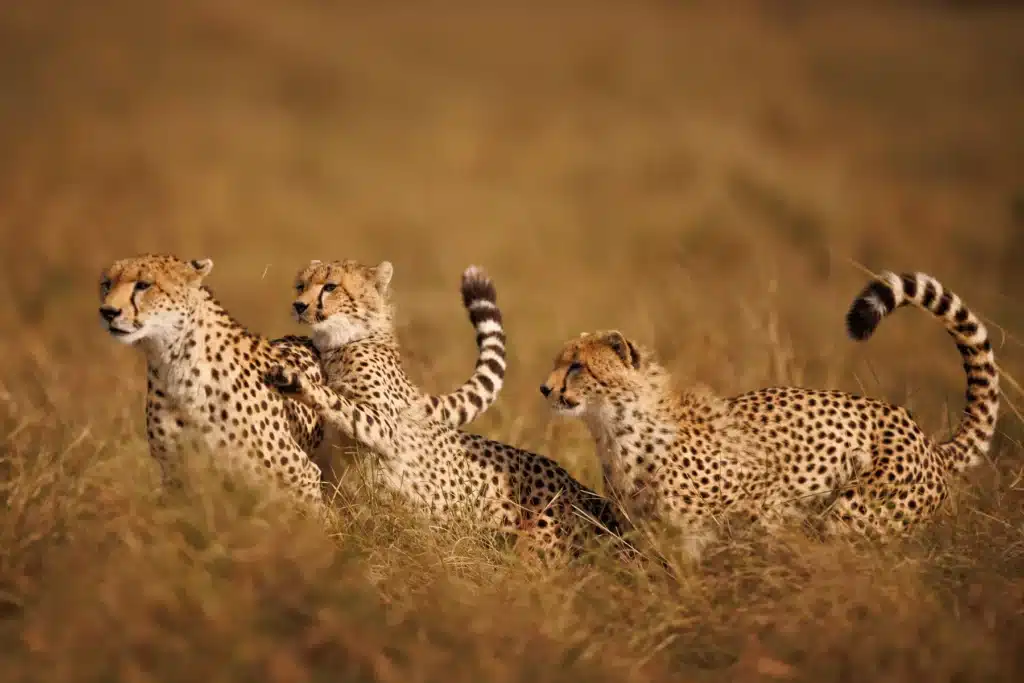
In this sequel, as the floods render landscapes unrecognisable and the future uncertain, the boy finds himself navigating the ebb and flow of existential disorientation. Along his journey, guides and mentors appear, offering their unique testimony of the power of faith, persistence, and resilience. The boy gains insight and inspiration, discovering that even in the most daunting journeys, the lessons learned can light the way forward.
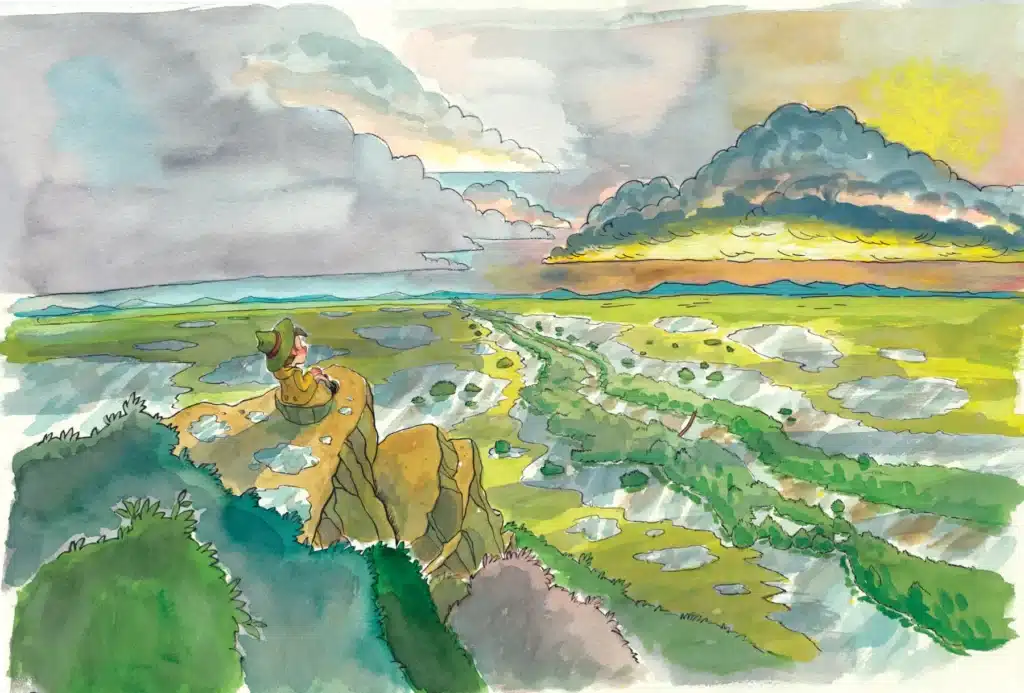
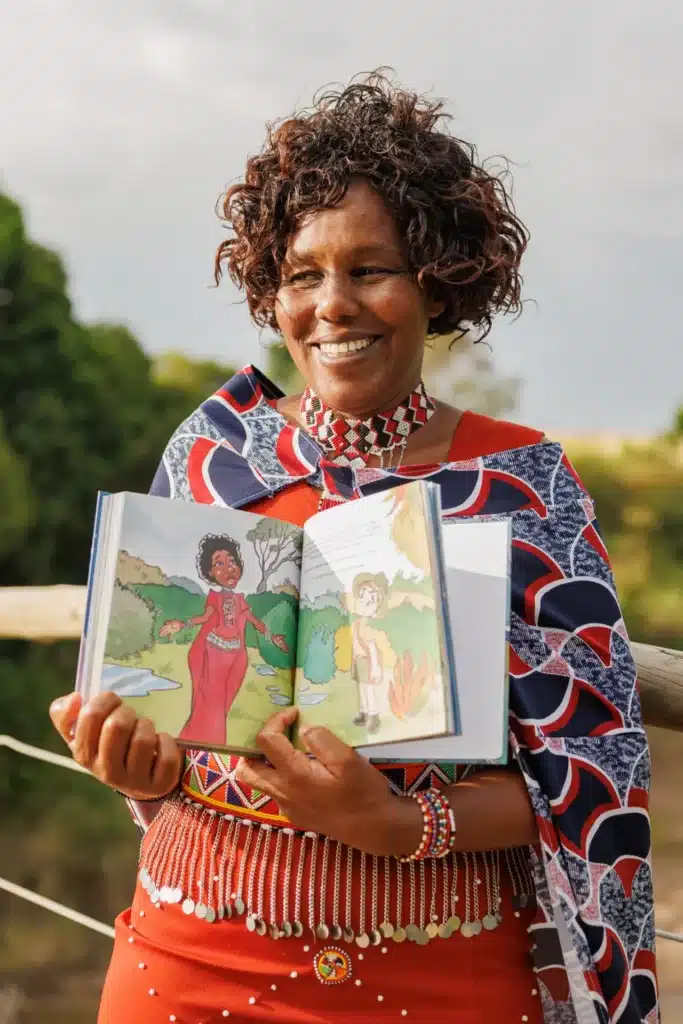
Our tale welcomes the return of sage figures like the elephant and the leopard, enriched by new characters such as the hyena, the guinea fowl, the terrapin, the firefly, and others; and then there is Judy—from the first moment I set foot in Ishara back in 2020, she has been an integral part of our journey.
As the initial narrative reached its climax, a sense of dissatisfaction emerged. The boy would leap forward nine months, where everything had miraculously fallen into place. The victory at the end felt unearned, skimming over the very facets of life that imbue our story with meaning: the gruelling effort, the relentless drive, and the transformation wrought not by the passage of time, but by the application of will.
Amidst a resurgence of heartache and the orchestrated chaos of rebuilding efforts on my first visit back three months after the flood, an enchanting spectacle unfolded. Stripped of solar power, a kitchen, and most of our camp’s functionality, there I was, sitting in what felt like the eye of a hurricane, being served gourmet meals as if the surroundings were but a mirage designed to test our conviction.
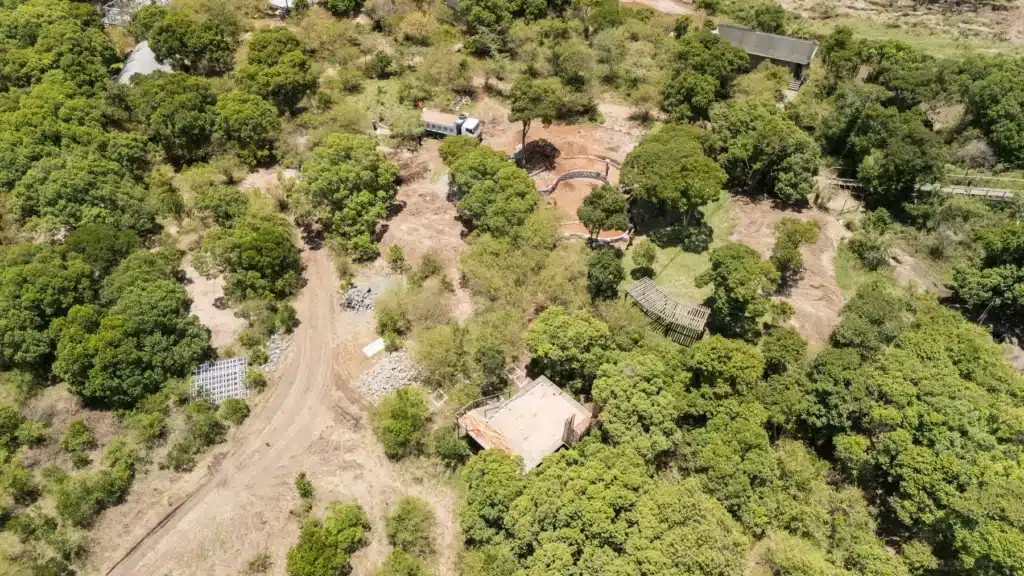
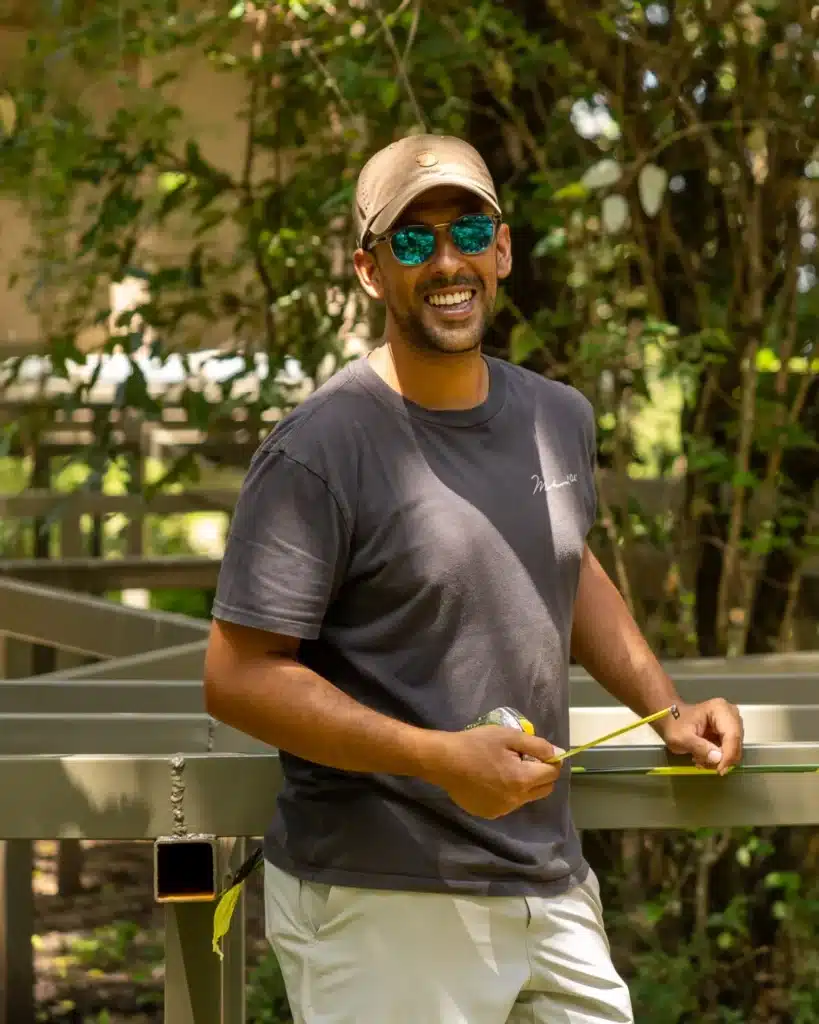
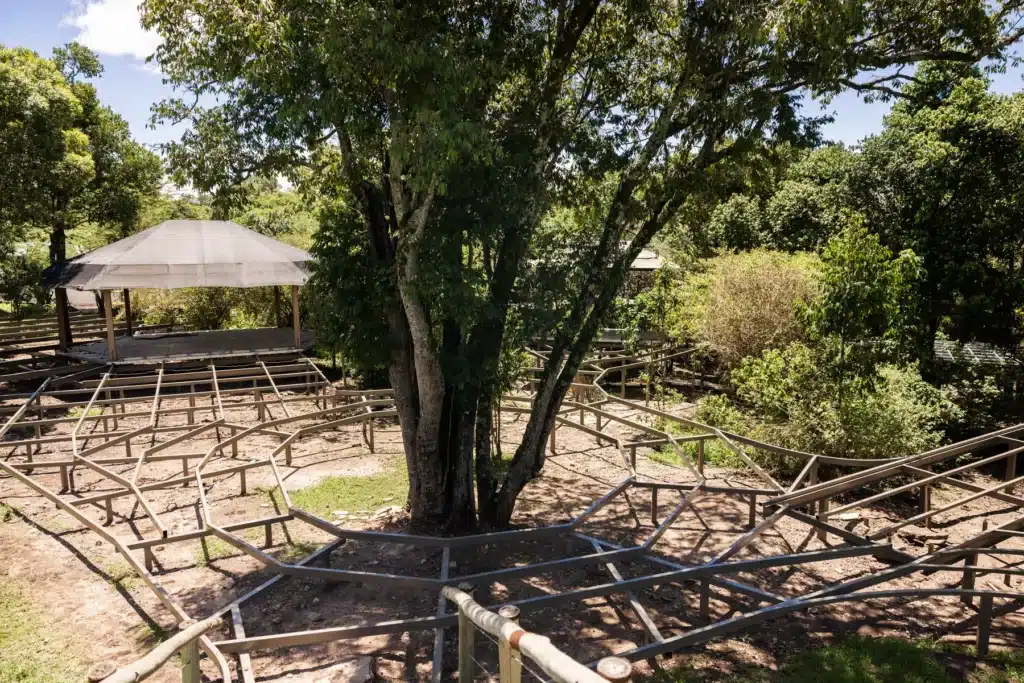
“How is this possible?” I asked one of the F&B staff. With a smile he responded, “It’s Ishara magic.”
This phrase, often echoed by guests, took on a new meaning in that moment. Comprehending this enigmatic magic, I thought, was the key to allowing the boy to foster the strength needed to persevere, propelling him forward with a newfound resolve. The story had found its fitting conclusion.
It was a pleasure to reunite with our exceptional artist, Martinus van Tee. Vastly exceeding the first in length, this book became a months-long endeavour, and Martinus devoted himself entirely to the creation of these intricate paintings, ensuring every detail was charged with deep significance and sentiment.
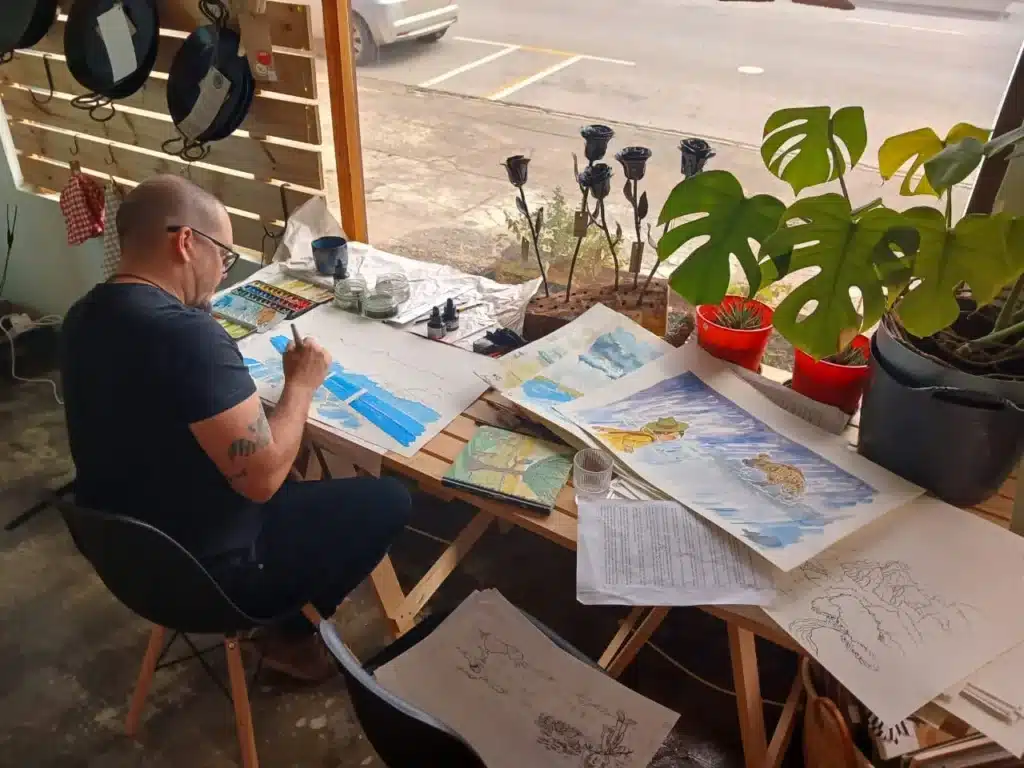
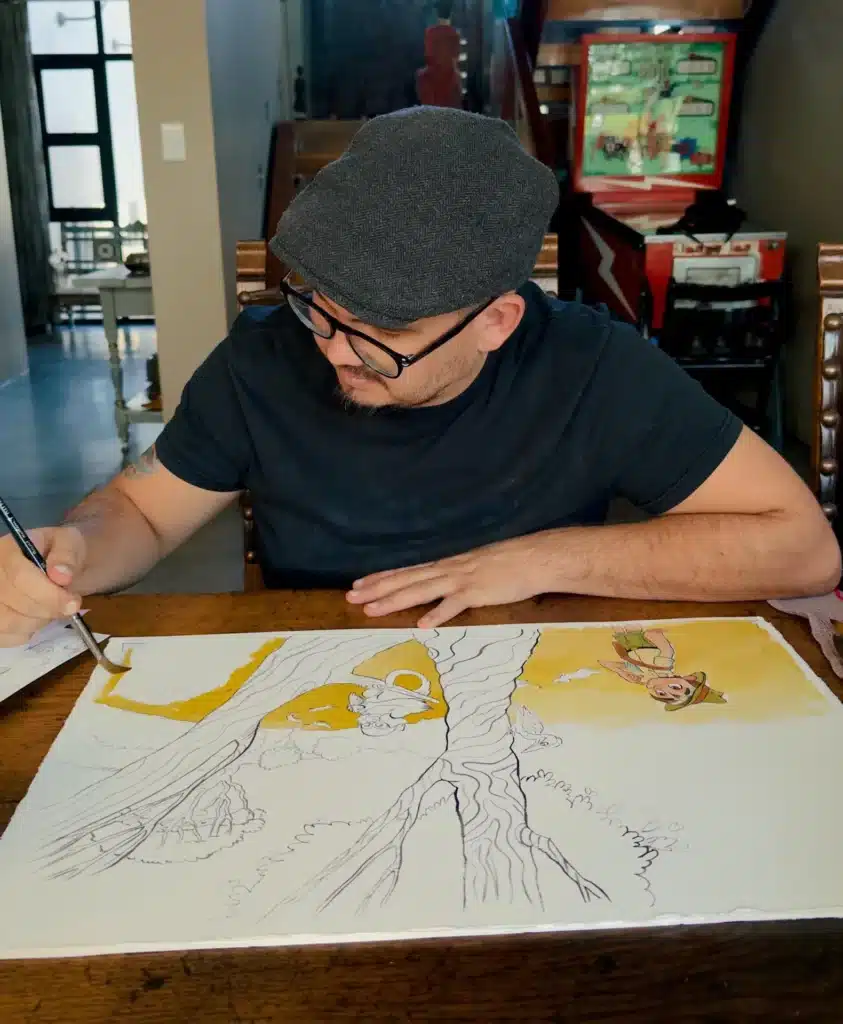
Our tale demanded a palette as varied as the emotions themselves, transitioning from the murky greys of despair to the warm hues of hope. Amidst this evolving landscape, a motley crew of characters emerged, each with their own vivid streaks of individuality. Breathing life into them, seeing their transition from quirky imaginings to radiant entities that danced off the pages, was an adventure that left our hearts full.
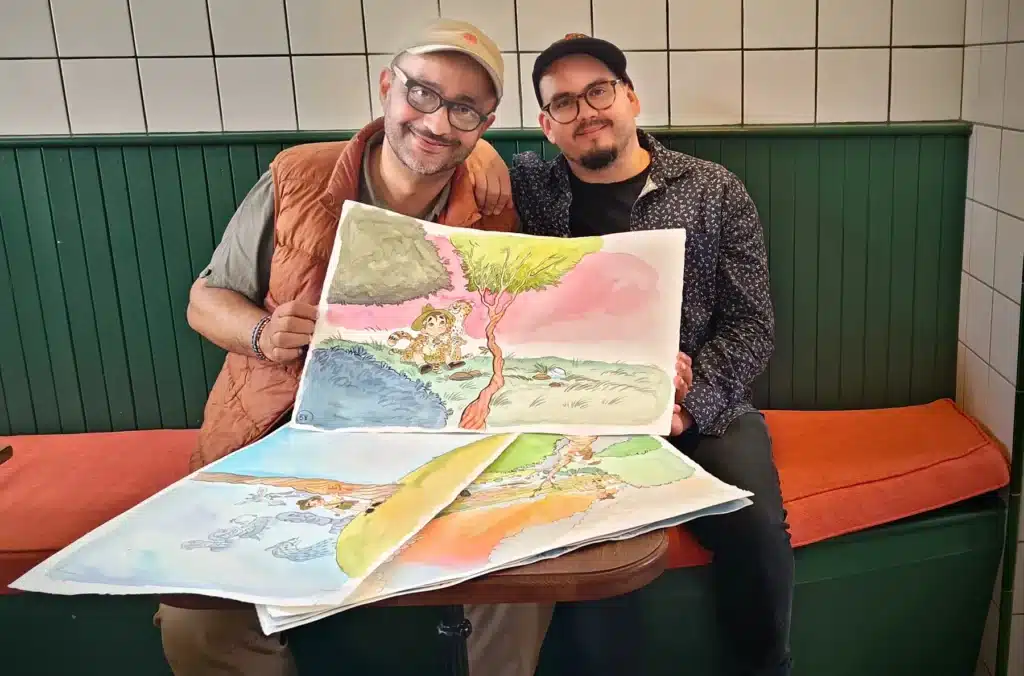
Choosing the title required no more than a moment’s contemplation. If Ishara symbolised the journey of following the signs, at the core of our being was a simple truth guiding us all—every decision, every crossroad, and every leap of faith taken was a result of listening to our intuition and trusting our hearts. This title felt like the only choice—a symbol of our story and the love that has been the cornerstone of everything we have ever done at Ishara.
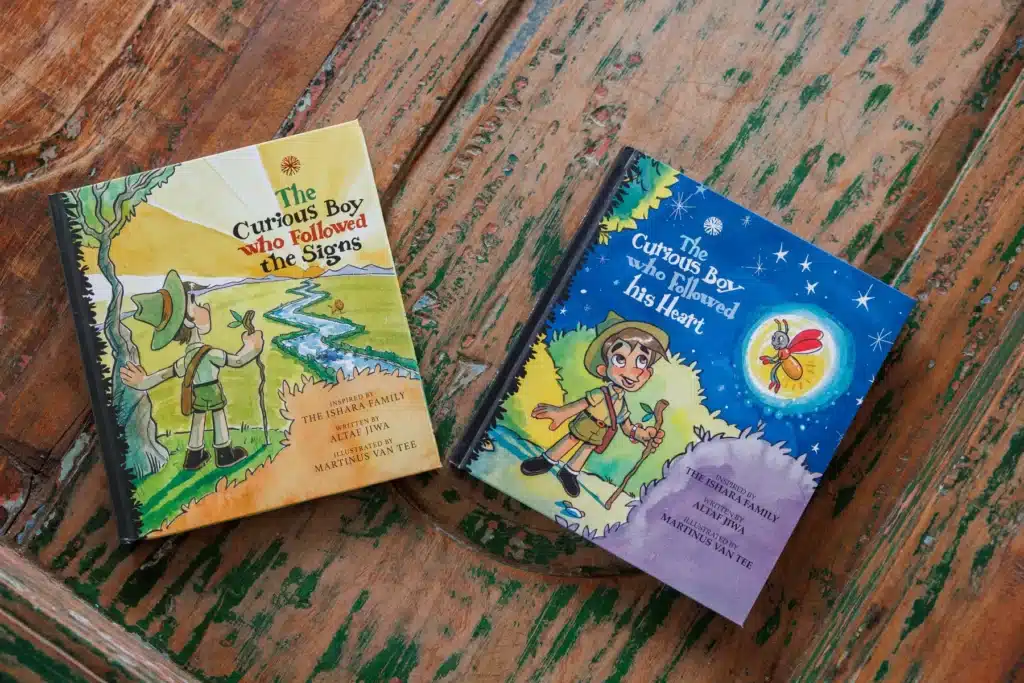
Words crafted amidst a fog of melancholy and uncertainty have now altered in significance. Witnessing the return of our guests has evoked an overwhelming surge of emotions, as if the very soul of Ishara has been rekindled and infused with a vibrant new life. To witness this majestic rebirth and see the spark of awe in their eyes is to know that Ishara has not merely been restored; it has been elevated to what it was always destined to be.

“Love is an energy that illuminates our path even in moments of darkness,” the cheetah says. “When we give love, it is returned to us in many astonishing ways.”
The notion of penning one book was far-fetched, let alone picturing myself writing two. Thank you, Arief, for challenging me to start, and for your prudent counsel and musings that have enriched the boy’s story.
Here’s to embracing the spirit of the curious boy within and allowing our hearts to lead the way. It is our hope that what started as a whisper in the dark will become a chorus of light for countless souls navigating their storms, illuminating the path of every person it touches.
Photo credits: Imara Njeri, Eric Averdung, Naheeda Madhani, Martinus van Tee